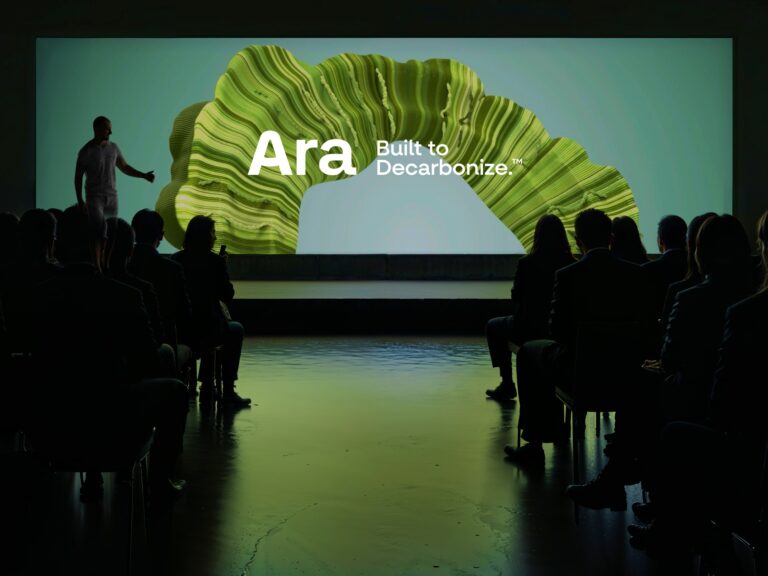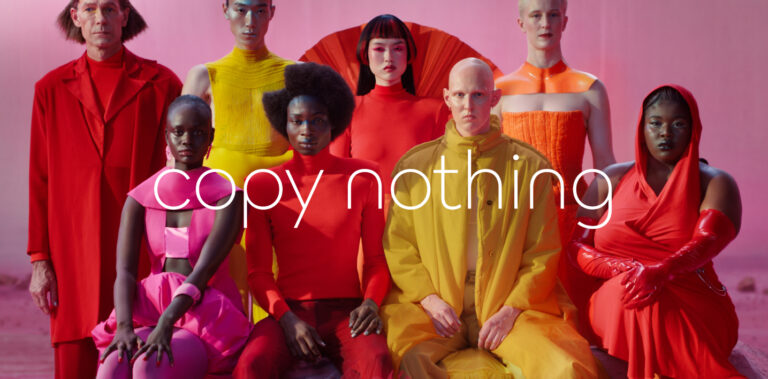Building brands the wrong way

Cathal Smyth, Executive Director at Bladonmore, considers how ‘embracing disorder’ can be the key to building original and engaging brands.
For many companies, the classic big brand development process is a thing of the past. Brand building has become less linear and more pragmatic with bottom-up meeting top-down in a more collaborative use of disciplines.
When I first worked as a brand strategist back in 2000 (ouch), we were clear about the right way to build brands. The textbook project proceeded on an orderly journey from analysis to strategy, stopping off for creative exploration and development, and out the other end to visual identity with its detailed guidelines on how logos were to be applied across every physical and virtual surface.
More esteemed senior colleagues grumbled about clients who disrupted our orderly world with their unhelpful requests and their lack of respect for how branding had to work.
As I look back over recent years, now doing my best to be the esteemed senior colleague, I see that most of my projects have been less orderly – certainly far from textbook – and that maybe I have been building brands the wrong way.
There are many interlinked reasons for this. Clients want to see tangible results much quicker and are often uncomfortable with long analytical and strategic phases. Their timeframes are squeezed, and their work environment is less stable and predictable. Companies have legacy brand components that they want to retain within a new framework rather than start over. And individual clients have become more knowledgeable about what they are buying and want to be more involved in how the work is delivered.
I think the single biggest driver for this disruption and the place where its impact is most evident is in digital branding. And the tensions and issues thrown up in digital call into question some underlying assumptions and habits of the classic branding approach.
Ignoring the guidelines
Brand guidelines typically include notional rules about how branding should be applied to digital interfaces. I say notional because brand designers tend to have only a surface knowledge of digital and the guidance rarely survives first contact with a real implementation. What often becomes the replacement digital brand guidelines are the codification of a series of design and UX decisions made through a website or intranet build.
Passive audiences vs active users
Digital places a heavy emphasis on understanding user needs and working out how to meet them in a way that provides a useful and satisfying brand experience. That experience is planned and designed by a range of people with great attention paid to the layers and dimensions of interaction.
My experience with too many brand strategists and creatives is that they develop clever and beautiful ideas to be activated on relatively passive target audiences. And there is no great sense of understanding users and how they will encounter and engage with the brand or the thoughts, emotions, and back stories they bring to the experience.
Bridging the gap between thinking and doing
There are good reasons for having different brand disciplines and modes of thought. There are also good reasons for the gaps between them to be closed and a dialogue established between the more abstract and concrete aspects of branding.
Understanding how a brand will be encountered and the types of interactions that will support the experience should be able to influence the overall creative approach and to some degree offer something back to the strategy. And engaging with real digital content beyond formal layout principles or tone of voice guidance should also help enrich the overall brand.
Embracing wrongness
Rather than complaining about the disorder I feel we should embrace it and become more creative in how we plan and deliver brand projects. Many highly creative agencies are surprisingly conventional when it comes to their own processes.
Why can’t we develop a brand and a website in the same project and build out the wider visual identity afterwards? Why shouldn’t implementation influence creative and creative influence strategy? Why shouldn’t we create a brand through a series of sequenced projects rather than a monolithic whole ‒ surely, we can learn and improve along the way?
Putting ‘wrongness’ into practice
At Bladonmore we have not only embraced ‘wrongness’ in this sense, but also developed a series of activities, processes, and deliverables that have the ‘wrongness’ baked in.
The most tangible of these is our digital-first approach to branding, where we develop a brand strategy and experience principles, design and build a complete website, and develop a full visual identity after the site has been created.
Clients tell us they like it because it’s more cost effective and they end up with a brand identity they can rely on because it has already been tested through a complete website development process.
For my part, I think it’s great to be able to develop UX, UI design and proper content as part of an integrated brand process rather than just handing over guidelines and a few key assets.
A version of this article appeared previously in Communicate Magazine.
Share article


